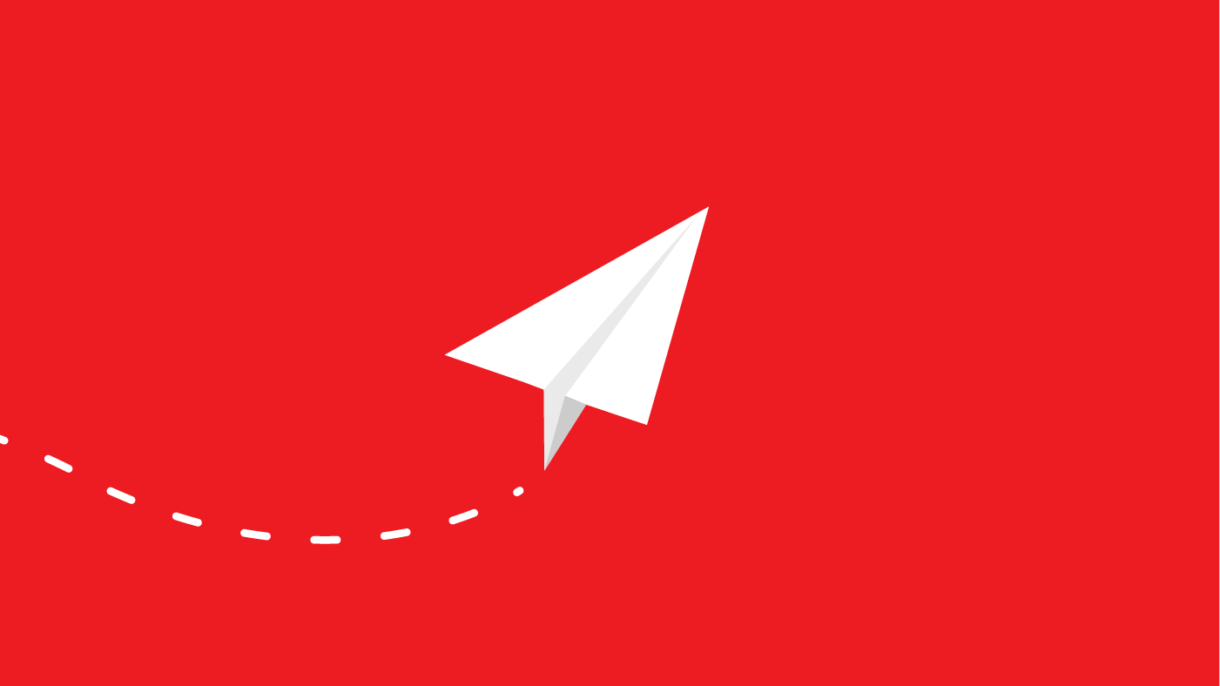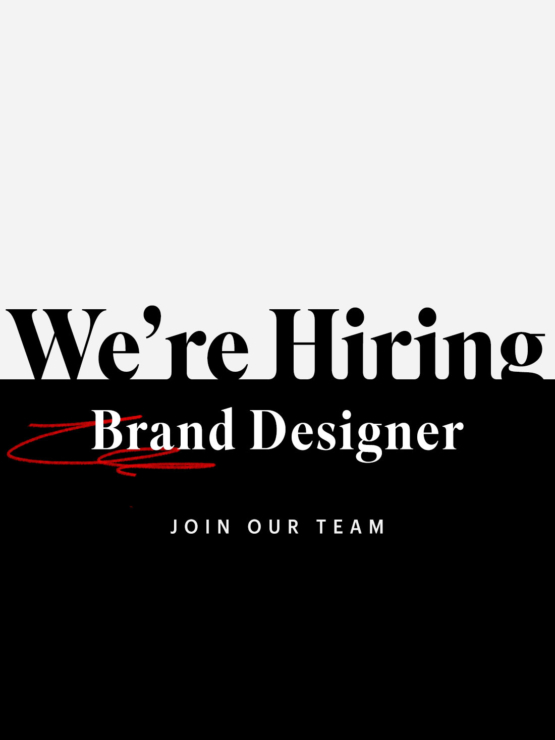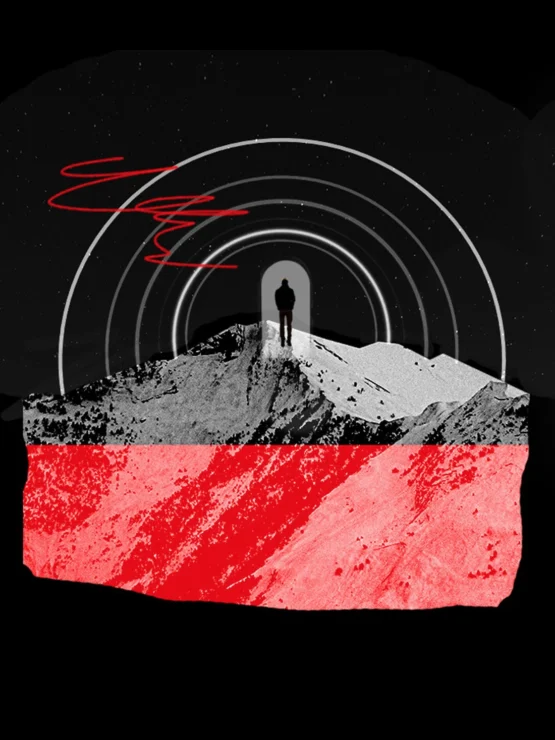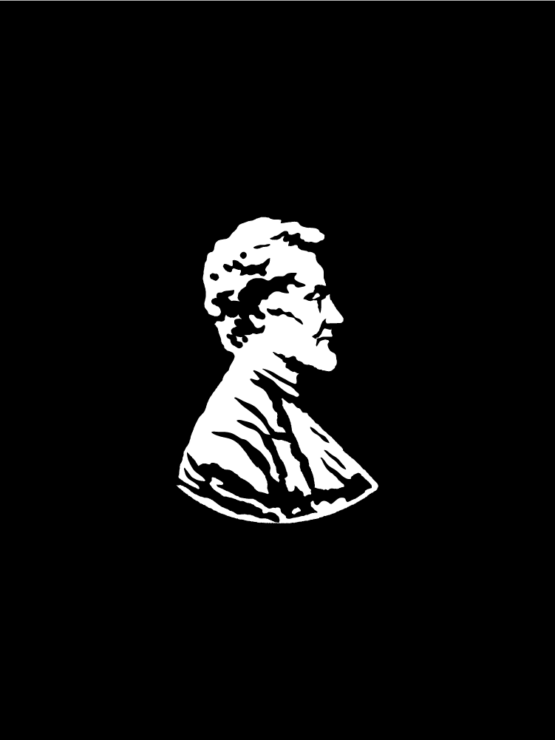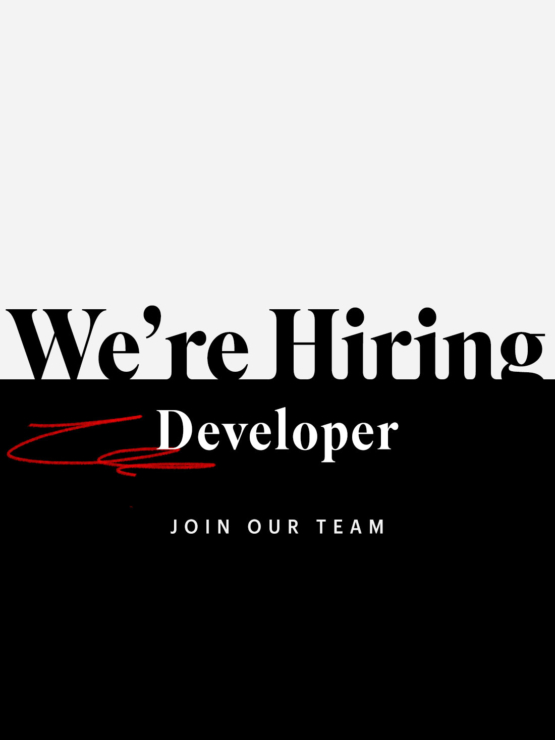Before our initial Discovery meeting with a new client, we hear one question quite frequently: “is there anything that I can do to prepare?” We always used to say, “no, don’t worry about it; just come in for a chat.” Our answer has changed radically in the past few years. The truth is that there is a great deal of insight that we can gain from our clients – not only industry knowledge but also a much more concrete idea of the ultimate shape of a project.
Now don’t get me wrong, the job of a good branding shop is to perform their own audit of you and your industry, but there are a few things that you can do that are incredibly helpful before sitting down for your first face-to-face chat:
1. Find the Best
Branding is an aspirational process, and your goals should be high. When diving into a new project (or industry), we always like to get a sense of who’s the best. Don’t worry, this isn’t about copying a competitor (or an industry leader). What it is about is understanding who is currently running the table, what it is about their approach that is making them successful, and what you’re going to have to do to be competitive. Imagine that you’re launching a new phone; you’re absolutely going to want to see what Apple is doing so that you can get a good grasp on industry expectations and best practices.
2. Determine Where You Fit
So now you have a sense of who the best is, but maybe they’re not necessarily the type of company that you’re looking to become. In continuing with the Apple analogy, maybe you have a vastly different target audience or positing strategy. That’s great. Name it, and begin to find some language for how you want to talk about your company. If Apple is forward-thinking and fun, what are you? Remember, when it comes to branding, there are no wrong answers. Saying that you want to be more conservative than a competitor isn’t a bad thing – it simply means that you have a sense of who you are / the type of business that you want to run.
3. Find Some Reference Points
Since our first step involves finding an enormous amount of aesthetic and messaging reference points, another set of eyes is always helpful in this process. Plop down on your couch, jump on the old Google, and start hunting around. Find pieces you like and start to think about why you like them – this can be a logo, color scheme, website navigation, or even something as small as a background texture. Don’t worry about industry at this point; you can absolutely look at the great aspects of a restaurant website and apply them to the new phone website that you’re developing. The more you (and your firm) can get a sense of your starting point and what you like, the better the product in the end (and the process that leads there). So we’ve talked budget, and we’ve talked about your landscape. We’ll see you in a few weeks for our next session… For now, follow us on Twitter.
